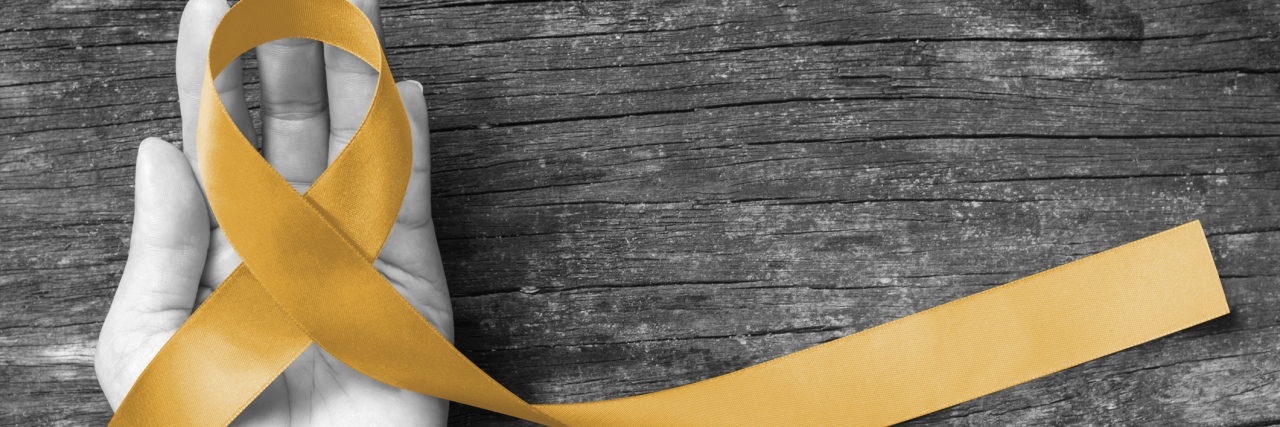September is Childhood Cancer Awareness Month. Gold is the awareness ribbon.
“It’s only hair. It will grow back.”
My daughter was just 7 years old when she was diagnosed with a malignant primitive neuroectodermal tumor (PNT) in her brain. Her treatment included high-dose radiotherapy to her head and spine, several intravenous chemotherapy medications and stem cell rescue.
The radiotherapy took her hair; first at the targeted site – tufts and clumps similar to molting – then eventually all over. As a mother, as her mother, it was a harrowing experience – one that slapped me squarely into reality that my child, my daughter, my 7-year-old, really did have cancer.
“It’s only hair. It will grow back.”
The chemo ate her eyebrows. And eyelashes. And body hair. She shivered with the cold and wore knitted beanies – not to hide her baldness, but to keep herself warm.
Weeks after the cancer treatment concluded, the miracle of hair growth restarted – although not at the radiation site. We quipped that her cancer had been blasted so well, that it blasted her hair along with it.
She is now six years off treatment; six years of being a cancer survivor. The permanent alopecia she has been left with is a daily reminder of what she has been through. And how far she has come.
“It’s only hair. It will grow back.”
Did you know?
- Hair loss can be a common result of cancer treatment.
- Hair loss is called alopecia.
- A major function of hair is to insulate the body.
- Radiotherapy to the scalp can permanently damage hair follicles.
- Chemotherapy destroys fast growing cells – cancer and hair.
- Hair loss can range from mild thinning to full baldness.
- Hair loss may be gradual or rapid.
- Head, body, pubic, eyebrow and eyelash hair may all be affected.
- Hair may grow back thinner, a different color or texture or not at all.
September is Childhood Cancer Awareness Month. Gold is the awareness ribbon.
Getty image via Chinnapong.

